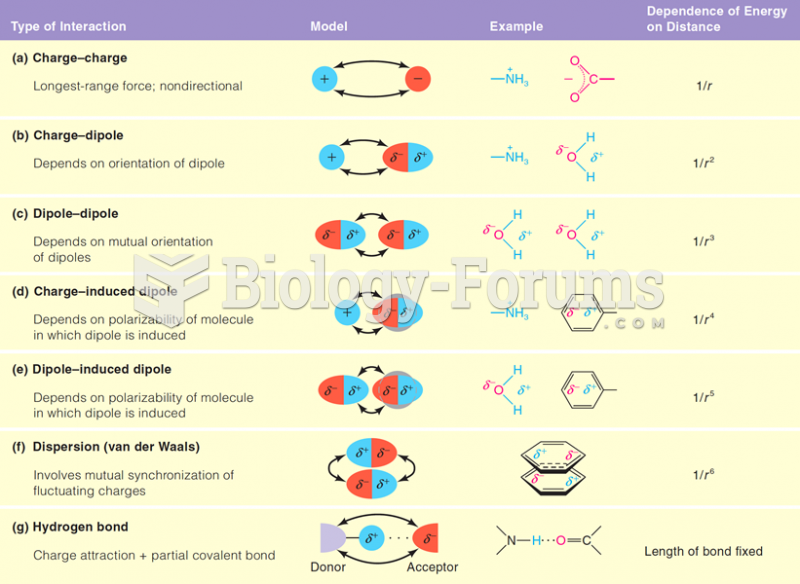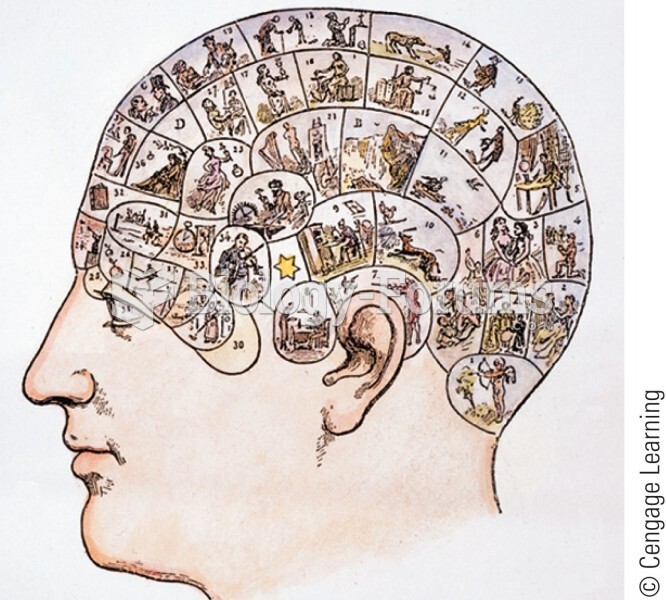|
|
|
Cutaneous mucormycosis is a rare fungal infection that has been fatal in at least 29% of cases, and in as many as 83% of cases, depending on the patient's health prior to infection. It has occurred often after natural disasters such as tornados, and early treatment is essential.
Egg cells are about the size of a grain of sand. They are formed inside of a female's ovaries before she is even born.
The most common treatment options for addiction include psychotherapy, support groups, and individual counseling.
The average older adult in the United States takes five prescription drugs per day. Half of these drugs contain a sedative. Alcohol should therefore be avoided by most senior citizens because of the dangerous interactions between alcohol and sedatives.
More than 30% of American adults, and about 12% of children utilize health care approaches that were developed outside of conventional medicine.







